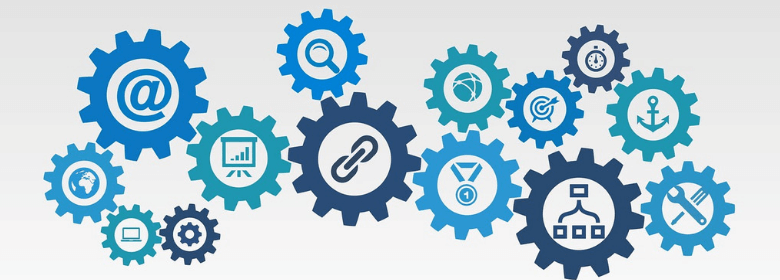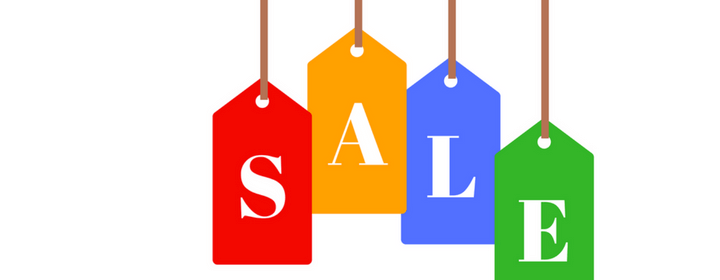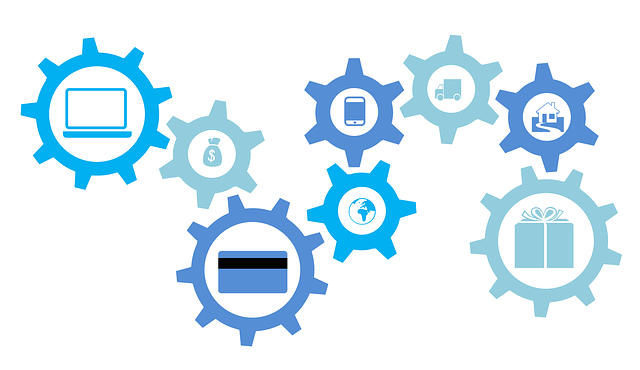E-commerce Strategies for Building Sustainable Customer Relationships

Earning new customers and growing your business through acquisition is always a great strategy. You’re able to expand your audience, boost brand visibility, and above all, get a chance to earn someone’s loyalty for the long haul. This is where it gets tricky. E-commerce has become so omnipresent and widely available that your customers have access to hundreds of similar stores to yours, and they are constantly bombarded by ads on social media and search engines to check out your competition.
So, why shouldn’t they?
Giving them a reason to stay loyal to your business takes time, and even more so, creativity. It takes more than a well-built sales funnel that’s great at turning leads into buyers. You need a comprehensive customer retention strategy so that your customers resist the temptation every time they notice a new brand on the block. Here, we’ll tackle a few of the most effective and lasting strategies to help your e-commerce business build sustainable relationships with your customers.
Diversify your content strategy
Long-term engagement requires quality, well-researched, educational content that is posted on a regular, predictable basis. We are creatures of routine, and we appreciate being able to enjoy and anticipate certain little things in life, like our favorite podcast, live streaming session, or blog.
However, you also need to make sure your content is keeping up with the times. Do you produce more than blogs and occasional videos? Have you considered infographics and animated content, tutorials, influencer stories, and interviews?
Creativity should abound in your content output, so that your content strategy can become the core ingredient that keeps your customer relationships not just existent, but thriving.
Ensure superb customer service
With consistently engaging content on your site and a well-designed web presence, you have all kinds of advantages playing in your favor. However, what happens to the occasional unhappy customer reaching out to your agents, or someone not entirely sure if they’ve found the right item? The support and help you provide in time and in the right places can make or break your long-term customer bonds.
For an omnichannel strategy that enhances customer support, more e-commerce businesses are starting to rely on VoIP platforms with numerous integrated features. Voice over internet protocol has become the technology of the future in terms of customer support and brand availability, allowing your business to be where your customers need you most.
High-quality phone calls without traditional landlines, enabled remote team operations, call recording for further analysis, and video conferencing all elevate your customer service. No more busy lines and poor connectivity, late responses, or sharing improper information. With everything synced on a single, cloud-based VoIP platform shared by your team, you can make all your communications simpler and more seamless.
Utilize social media platforms
Managing customer bonds doesn’t start or end with your website. As vital as your website is in that equation, you shouldn’t neglect your social media outlets when looking for ways to add more substance to your relationships.
Aside from regular advertising that’s properly targeted and customized to get your brand in front of the right people at the right time, you should also remember to use your social media as customer service platforms. These networks are a goldmine of opportunities to engage your existing customer base, make personalized offers, kick-start conversations through messaging apps, and inspire engagement through your content.
The core of these relationships, and their potential to last, lies in your willingness to go the extra mile in making your customers feel recognized and included. Social media is by far the best way to achieve that effect with minimal effort, but a long-term approach. Respond to their comments and questions, encourage healthy debates, thank them for reviews, and encourage shares – you’ll go a long way just by participating.
Seek feedback and implement it
Almost every business in existence today asks for customer feedback at one point in their interactions. Whether you wait for the first purchase to be complete to send out a thank you email together with a survey, or you ask right there on your site – the choice is yours. The key is not to just ask, but to take action.
The most engaged customers will often provide you with valuable suggestions on how you can improve your brand and your online experience. Take time to find ways to implement their suggestions, and then notify them when you do.
Every time you do that, your customers will feel like part of your brand story, they’ll feel valued as opposed to being treated merely like another order number. Keep in mind that this is not a one-time effort. You should seek your customer’s input regularly, to make sure you’re on the right track.
What’s more, surveys and polls are a brilliant way to test out the interest in your emerging products and to solicit testimonials that you’d publish on your site with their permission.
Boost your site’s user experience
You might have a superior product compared to what your direct competitors offer, and your prices might even be on par, if not lower, making your offer significantly more appealing to your target demographic. Once they land on your site, however, your customers will only proceed with a purchase if they enjoy the entire shopping journey.
Even those who have bought your products more than once will be more inclined to leave your site if it’s slow to load, has too many pop-up ads, and cannot be loaded properly on a mobile device.
All it takes is once for your site to fail your customers’ expectations, and they’ll be forced to head to your competitor’s site, possibly never to be seen again.
This is where ensuring simple navigation, fast loading speed, and mobile-friendliness can completely alter the look and feel of your site for each individual customer coming to your store. The user experience of your web store can make or break your long-term customer relationships, so it’s key to regularly test and upgrade your site for proper functioning and a sleek, modern experience.
Personalization is the name of the game
Brands such as Amazon are synonymous with exceptional personalization despite their size and the fact that they cater to such wide audiences. In fact, this approach helps them learn and improve significantly over time, letting them provide customized and unique offers for each of their customers.
Beyond product recommendations, however, few e-commerce companies dare venture into the unknown strategies of personalization.
Take, for instance, personalized home pages by Very.co.uk and similar businesses, where you can see the full-blown impact of simple changes to an entire landing page to appeal to an individual. It’s time to implement personalization wherever possible, to help each user get an immersive experience and find precisely what they need.
With such severe competition and the need to keep impressing your customers, you certainly need an ongoing, yet flexible strategy to keep your customer bonds alive. These and similar tactics are vital to allow your relationships to thrive, so make sure to integrate them into your own retention approach and grow your customer loyalty.

Author Bio:
My name is Raul and I am editor in chief at Technivorz blog. I have a lot to say about innovations in all aspects of digital technology and online marketing. Please take a minute to connect with me on Twitter and Facebook.






 Juliette Anderson is an Outreach Community Specialist for an e-commerce fulfillment company that specializes in partnering with online sellers who have an average parcel weight of 5+ pounds or greater. She works hand-in-hand with e-commerce stores to achieve optimal sales for four years already. Her specialty lies in social media marketing and paid promotions.
Juliette Anderson is an Outreach Community Specialist for an e-commerce fulfillment company that specializes in partnering with online sellers who have an average parcel weight of 5+ pounds or greater. She works hand-in-hand with e-commerce stores to achieve optimal sales for four years already. Her specialty lies in social media marketing and paid promotions.




 Deborah Tayloe is a professional freelance writer and holds a B.S.Ed. in Education/English from Edinboro University of Pennsylvania. She’s a consulting writer with
Deborah Tayloe is a professional freelance writer and holds a B.S.Ed. in Education/English from Edinboro University of Pennsylvania. She’s a consulting writer with